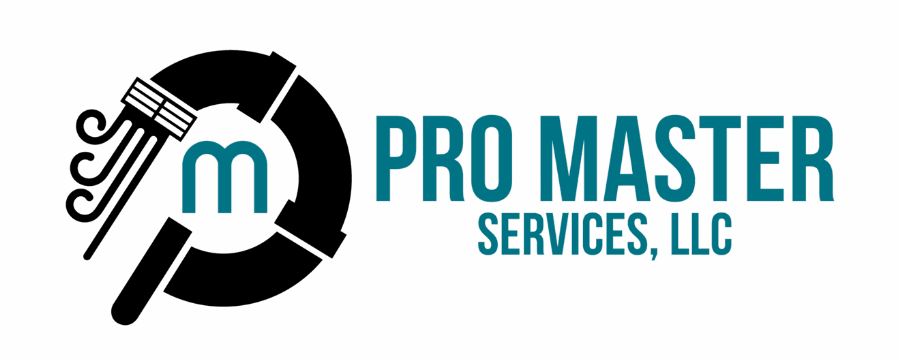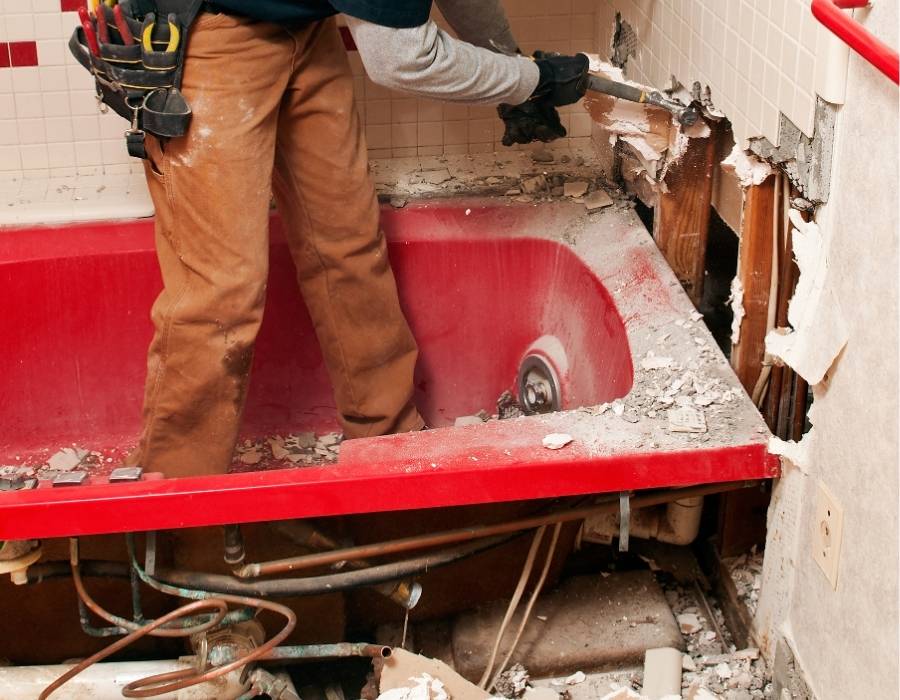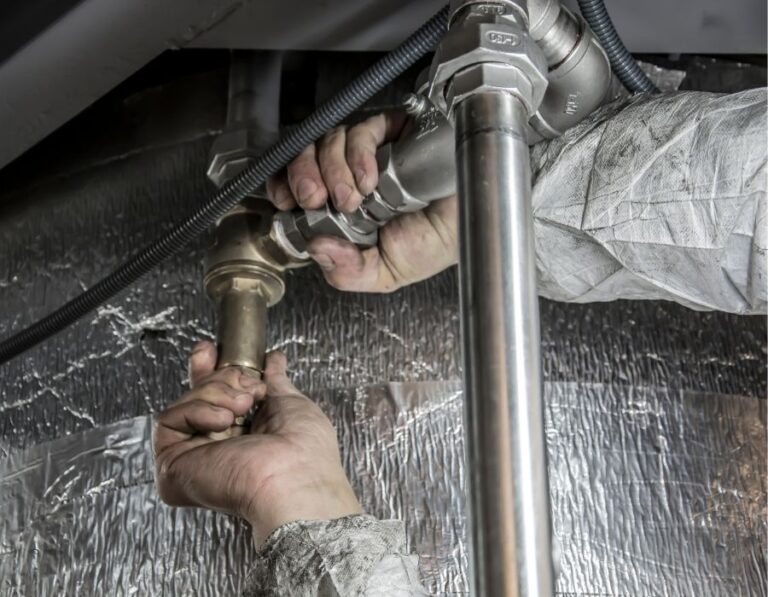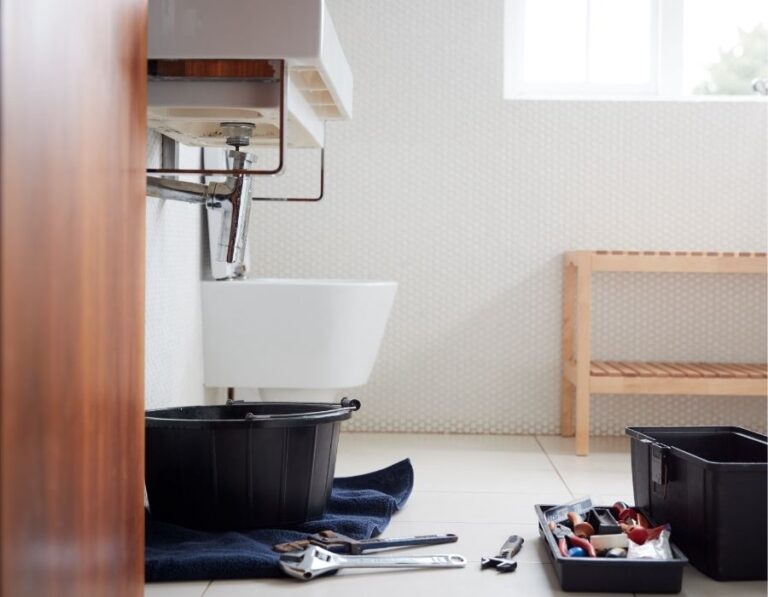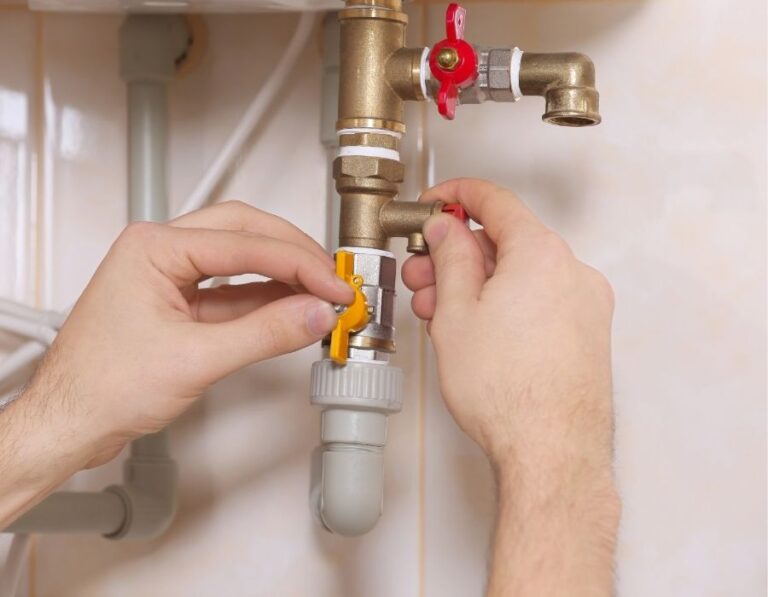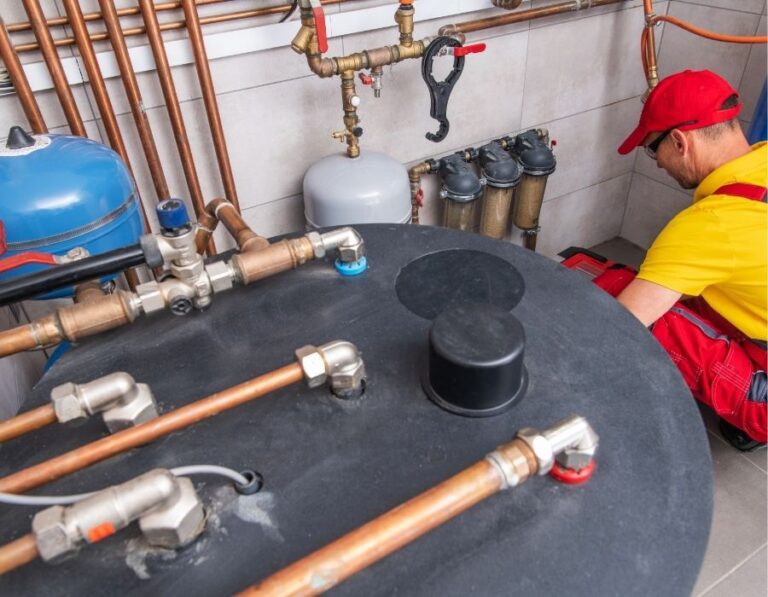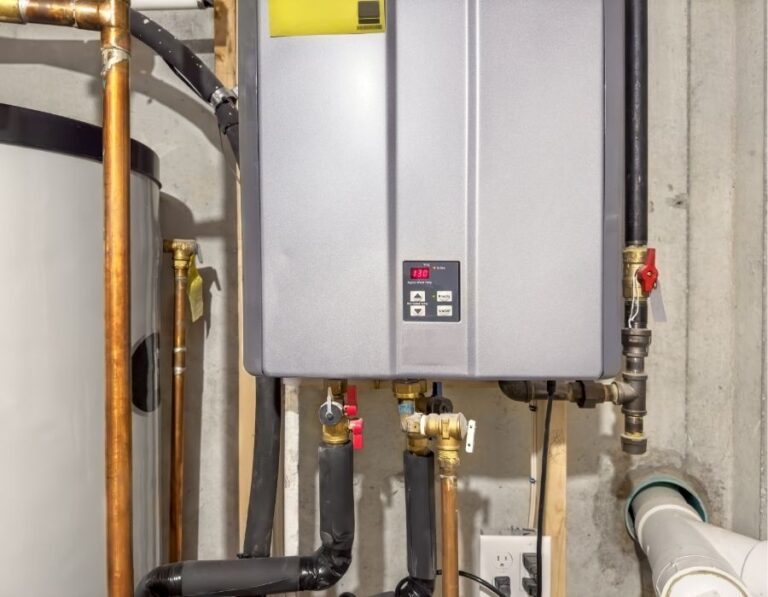Must-Know Plumbing Tips When Planning a Bathroom Remodel—Avoid Costly Mistakes
Embarking on a bathroom remodel? Understanding key plumbing decisions early is essential—not just for function, but also for managing your budget and avoiding unexpected costs. In this guide, we dive into essential bathroom-plumbing advice, from layout design and fixture placement to choosing drain and vent systems. Whether you’re moving pipes or upgrading fixtures, our expert tips and FAQs will help you plan intelligently, steer clear of common pitfalls, and ensure a seamless, cost-effective renovation. Plus, we’ll highlight what local building codes require, what mistakes DIYers often make, and how to optimize your project for long-term value—making your bathroom remodel a smart, stress-free success.
1. Understand Project Costs & Layout Impacts
As of 2025, a typical bathroom remodel in the U.S. falls between $12,000 and $17,000, with mid-range projects averaging around $12,115 . High-end renovations can reach $25,000–$30,000 or more—especially if you’re adding luxury fixtures or changing the layout.
Relocating even a single plumbing fixture can become a major expense.
- Moving pipes typically costs $900–$1,100 per run .
- Moving a toilet or shower can double or triple your labor and material expenses. In some cases, major layout changes significantly escalate costs .
Pro Tip: Maintain the existing positions of your sink, toilet, and shower whenever possible. Keeping your layout intact is one of the most effective ways to control costs and reduce plumbing complexity.
2. Prioritize Pipe Layout & Water Flow
Thoughtful Pipe Routing: Planning a clear, efficient pipe layout minimizes leaks, reduces maintenance, and ensures consistent performance. Properly routing supply, drain, and vent pipes in your bathroom’s rough-in design enhances long-term reliability.
Pressure & Flow Requirements: Reliable water pressure is key for showers, sinks, and other fixtures. Most plumbing codes call for ½‑ to ¾‑inch branch lines for sinks and showers to deliver adequate flow and pressure. Upgrading valves (like to full‑bore ball valves) and staying close to your main water source reduces pressure loss.
Drain Slope & Venting Compliance: Correct drain pitch ensures fast drainage and prevents backups. According to plumbing codes, typical slopes are ¼ inch per foot for 1½–2‑inch drains. Plus, effective venting—whether true vents, wet vents, or air admittance valves—prevents gurgles and sewer-gas issues. Always check local code requirements for vent configurations and minimum slope details.
3. Choose Water‑Saving & Code‑Compliant Fixtures
Upgrading to EPA WaterSense-certified fixtures is one of the smartest ways to save both water and money. WaterSense-labeled showerheads, faucets, and toilets use at least 20% less water than standard fixtures while maintaining excellent performance. For example, certified showerheads flow at 2.0 GPM or less, and can reduce household water usage by about 2,700 gallons per year, along with lowering energy costs for water heating. These fixtures also qualify for rebates in many water utility districts—offering savings beyond reduced monthly bills.
In addition to shower fixtures, low-flow faucets and toilets are essential. Standard faucets use up to 2.2 GPM, but WaterSense options limit flow to 1.5 GPM, cutting faucet water usage by roughly 40% . Toilets certified by WaterSense (high-efficiency models) flush at 1.28 GPF or less, compared to the old 3.5–7 GPF models from before the 1990s. These high-efficiency toilets can save hundreds of dollars over their lifetime in water costs.
Beyond efficiency, it’s critical to choose fixtures that meet local code dimensions and clearances. Building standards typically require at least 15 inches from the centerline of the toilet to any side wall or fixture, and 21 inches in front for the minimum clearance—though many codes prefer 24–30 inches for better comfort and accessibility. Similarly, sinks should have clear floor space in front (21 inches minimum, but 30 inches ideal), and at least 36 inches center-to-center spacing for double vanities. Adhering to these measurements ensures both code compliance and a comfortable user experience.
4. Ensure Proper Ventilation & Waterproofing
Proper ventilation and waterproofing are indispensable for a durable, code-compliant bathroom remodel. A high-quality exhaust fan, sized at a minimum of 50 CFM per fixture and vented directly outdoors, is essential to prevent mold, mildew, peeling paint, and musty odors—especially in wet-zone areas like showers—per IRC and NEC standards. Consider upgrading to a fan with a timer or humidity sensor to automatically clear moisture, cutting both energy waste and maintenance efforts. Select a fan rated for damp or wet locations if it’s installed near or above the shower/tub, and run it for 20–30 minutes post-shower to fully evacuate steam. Equally important is waterproofing all wet zones—with techniques like liquid membrane or backer-board tanking—to protect structural surfaces from water damage. Together, these measures maintain air quality, preserve finishes, and ensure your bathroom meets building codes while avoiding costly moisture-related repairs.
5. Check Existing Plumbing Condition
Before demolition begins, conduct a pre‑renovation plumbing audit to assess the condition of your current pipes and fixtures. A certified plumber or home inspector should visually inspect for corrosion, leaks, rust, and any code violations—such as improper materials or undersized lines—that could compromise system integrity. Taking advantage of open walls to replace outdated galvanized steel, cast iron, or worn copper piping with modern, corrosion-resistant options like PEX or new copper can prevent future issues and costly repairs down the line. A full-system evaluation now helps you avoid emergency fixes after walls and finishes are closed in.
6. Factor in Accessibility & Aging-in‑Place
Incorporating Universal Design features enhances comfort and usability at every age. Simple yet effective upgrades—like strategically placed grab bars, curbless or low-threshold showers, non-slip flooring, widened doorways, and comfort-height toilets—can significantly reduce the risk of falls and improve accessibility. These additions are not only practical—they also blend seamlessly into modern designs when executed thoughtfully, offering both safety and style. Enhance usability further by installing handheld showerheads and smart fixtures, which provide flexibility and convenience for all family members.
7. Hire Pros & Secure Permits
Although nearly half of homeowners shy away from DIY plumbing, many still attempt it—with 64% taking on renovations themselves despite the risks. Plumbing mistakes—like misaligned vents, incorrect pipe sizing, or improper waterproofing—can lead to major expenses, health hazards, or even structural damage. Hiring a licensed plumber ensures compliance with local plumbing codes and smoother inspections. Equally important is pulling the necessary permits and scheduling rough-in and final inspections to maintain home safety, uphold resale value, and avoid fines or insurance issues.
Frequently Asked Questions
Final Thoughts: Smart Plumbing for Stress-Free Bathroom Remodels
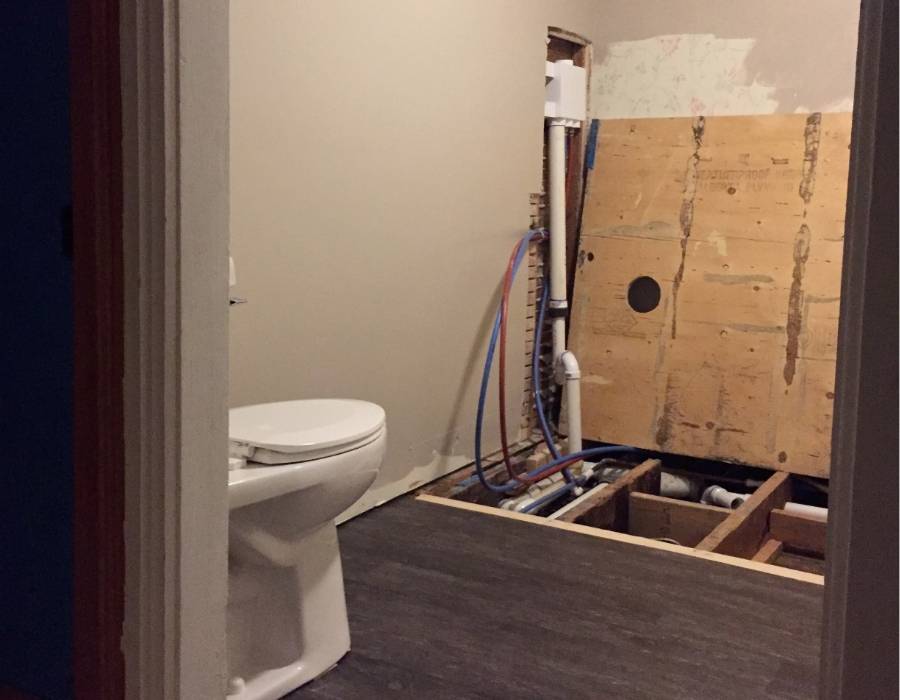
Effective bathroom renovations require more than a fresh design—it’s the plumbing that truly shapes the success of your project. From smart layout planning and minimizing costly fixture relocations, to selecting water-efficient, code-compliant fixtures, robust ventilation, and waterproofing, each plumbing decision impacts long-term durability, safety, and budget. Don’t skip a thorough audit of existing pipes, embrace universal-access design, and always hire licensed professionals—this ensures compliance, quality workmanship, and peace of mind. By planning meticulously, budgeting wisely, and making plumbing a top priority, you’ll transform your bathroom into a functional, high-value sanctuary while avoiding common remodeling pitfalls. Your well-executed plumbing strategy becomes the silent backbone of a bathroom that not only looks beautiful —but works beautifully for years to come.
